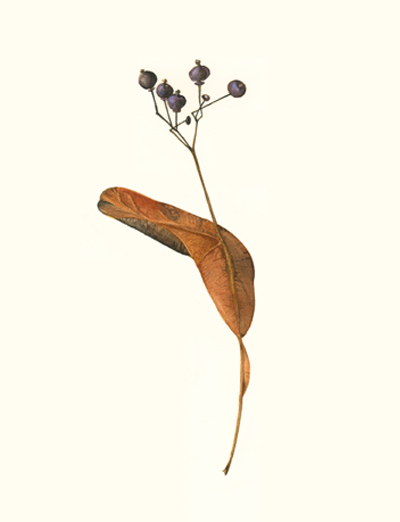It is that time of the year. The streets of Berlin are filled with the sweet scent coming from linden trees. You can’t help feeling that melancholy, the kind of melancholy that only exists in Berlin. Its sweet scent settles on your body, penetrates deep into you, and immortalises itself in your lungs. Especially when you take a walk on warm summer evenings, its irresistible perfume is almost hypnotic. It has this mixture of honeysuckle, jasmine and a bit of lemony, buttery smell. And nostalgia, longing, love, and extreme amounts of missing something or someone unnamed.
I used to make perfumes from the flowers of the linden tree when I was a child. I would collect them, put them in a pan, boil them in water, and strain them. Then I would pour the mixture into little glass bottles, adding lemon zest to some, cinnamon to others, and cardamom to the rest. I’d put them in the fridge and obsessively check their scent every hour. I could have been a famous perfumer if I had continued my experiments, but I switched to practising tricks on my BMX. All for the best, maybe. Who knows what linden and cardamom would smell like together?
Back to the magic of linden trees: Usually, shade trees don’t have fragrant flowers, but the linden has wonderfully aromatic blossoms that perfume the air. The small, yellow-white flowers bloom in June. Little round seeds form after the flowers fade, lasting well into winter.
The linden tree tolerates almost every kind of soil, even heavy clay. It is not bothered by pollution, making it an excellent street tree, perfect for urban or seaside gardens. The heatwave doesn’t affect this resilient tree—though it might at some point. Like Berlin, the linden is a great survivor.
It has thick trunks with dark-grey bark that starts out smooth but grows into deep furrows as the tree matures. The strong branches grow horizontally from the trunk, creating a dense, rounded or pyramidal crown. The large, dark-green leaves are heart-shaped, similar to those of the aspen tree.
I have seen few things in my life as impressive as the seed-leaf form of this tree. It has a marvellous shape that starts as a leaf and develops into a fruit-seed projection. Have a look at this:

And this form allows the seed to spread over long distances with a little wind, using the attached leaf as a propeller.
With its amazingly fragrant flowers, it is, of course, a delightful hotspot for butterflies and bees. From May to July, it generously offers nectar, creating a buzzing, fluttering paradise.
There are so many mythological stories about the linden tree. The most famous one is associated with Freya, the Germanic goddess of truth and love. It was believed that you could not tell a lie under the linden tree. Sweet mythological tales—though I bet many lies have been told under linden trees.
Since the Middle Ages, people have brewed linden tea for its medicinal properties. It is said to have a natural ability to reduce pain and relieve anxiety. Linden tea contains powerful antioxidants such as kaempferol and tiliroside that help fight inflammation. I suffered from chronic bronchitis as a child, and my mum used to make me linden tea, which really comforted me. Maybe it just had a placebo effect, but it surely tasted delicious.
If we are going to talk about Berlin’s linden trees, we have to mention the famous Unter den Linden. Unter den Linden begins on the left bank of the Spree, by the Schlossbrücke, which connects the heart of the city to Museum Island and its extraordinary collection of treasures. From there, it extends westwards to the edge of the Tiergarten.
Once it was the heart of imperial Germany. During Berlin’s golden age in the late 1800s, this was one of Europe’s most elegant boulevards. It was lined with linden trees, so as you promenaded down, you’d be walking unter den Linden. In a country that is no stranger to war and destruction, where buildings come and go , the linden tree is a rare witness to the past. In the 1930s, Hitler wanted them ripped out. He thought the linden tree was too petty bourgeois and sentimental. So he had them cut down and replaced with big Nazi red flags, row after row. But luckily, in the last decade, they have been replanted.
The linden trees are a crucial part of Berlin’s image. Even Marlene Dietrich once sang, “As long as the old trees blossom on Unter den Linden, nothing can overcome us; Berlin remains Berlin.”
I highly recommend you stroll through the streets of Berlin, especially in the evenings before June ends. Fill your lungs with this magic smell. You can even collect its flowers and make your own perfume. Create a bottle of deliciousness from the summer warmth for the miserable grey Berlin winter. It will help you survive the winter by making you remember the good old summer days. And add cardamom too; let me know if they work together!